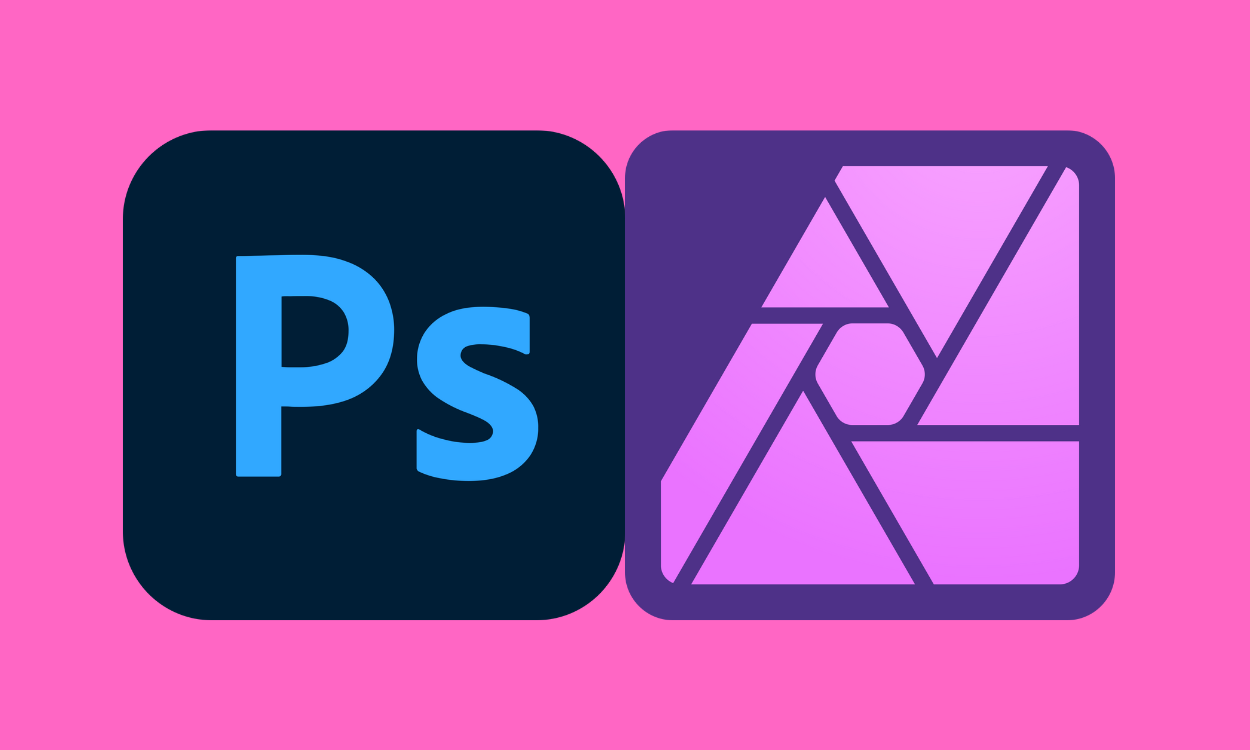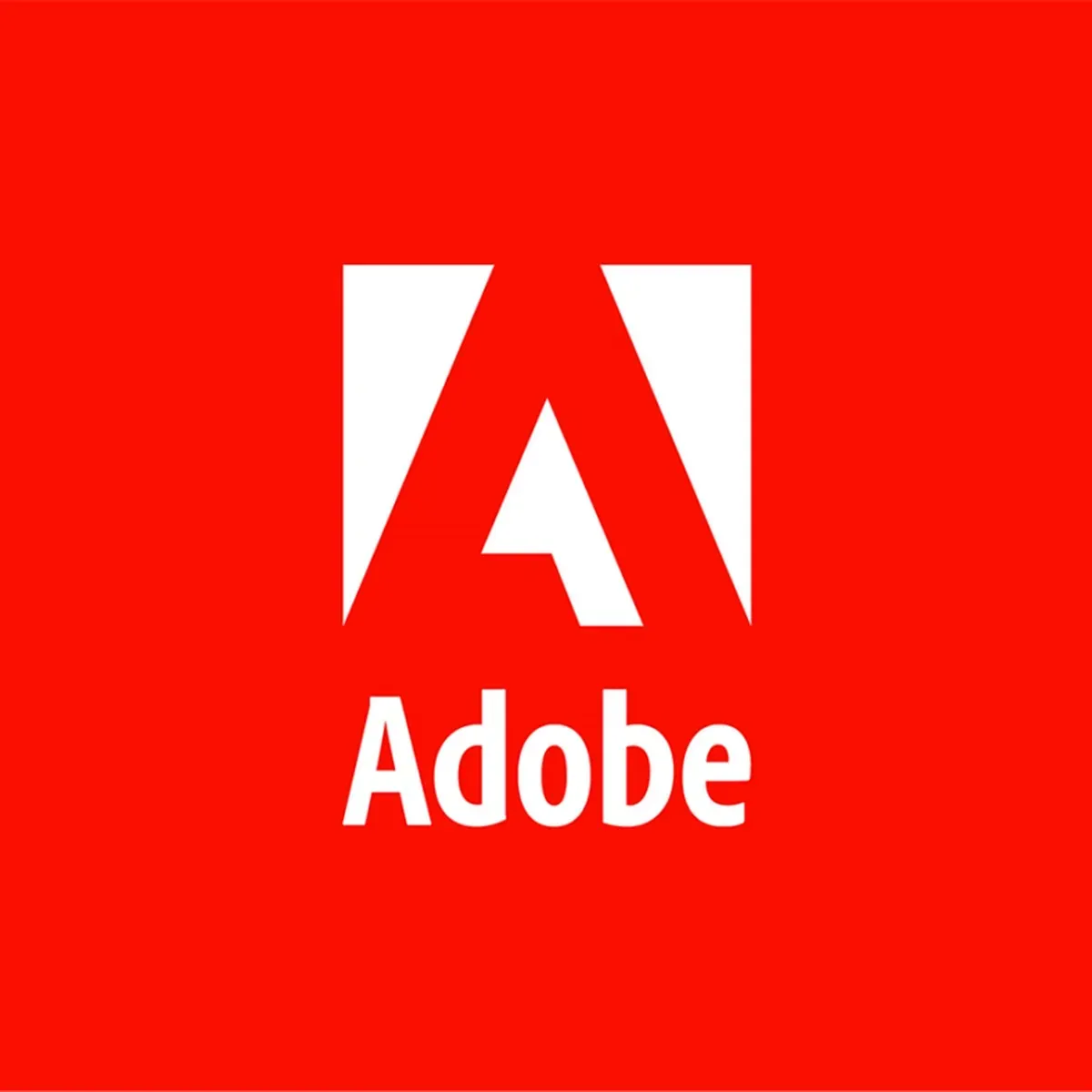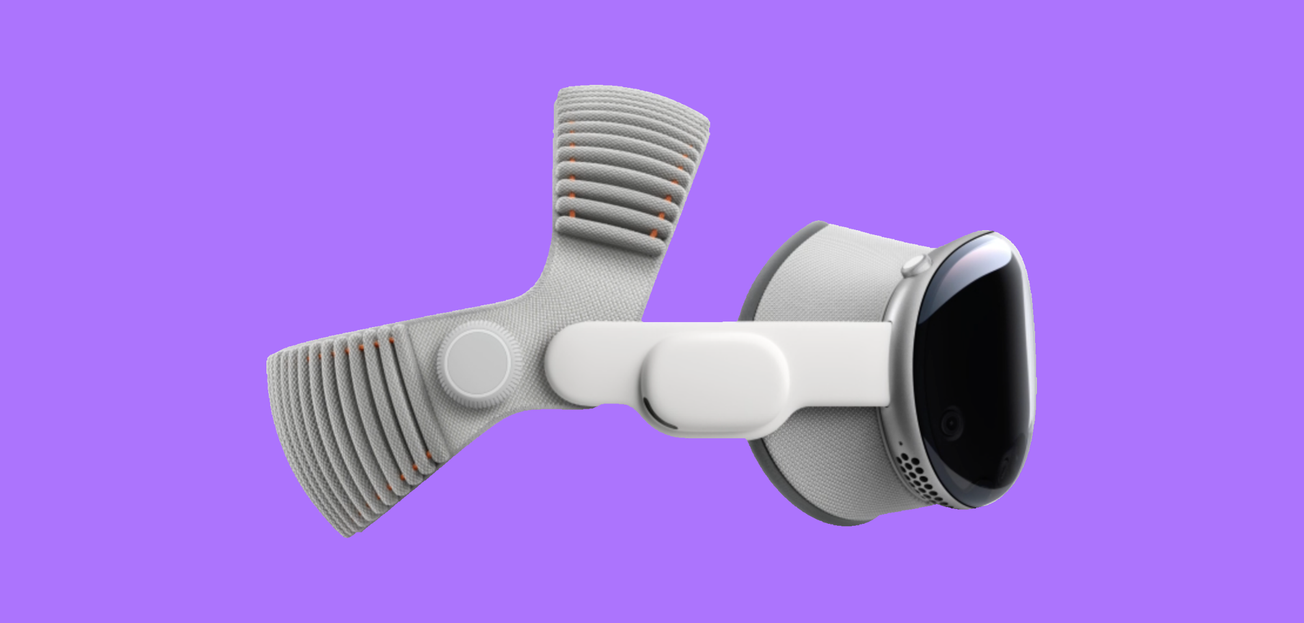When Affinity relaunched as a unified, no-charge design application this week, it sent a ripple through the creative-software market. The shift from a paid-license model to a “free-forever” core app—while gating select AI features behind a separate subscription—places the product squarely in competition with Adobe’s subscription ecosystem.
The new Affinity app merges photo editing, illustration, and layout tools into a single workspace, integrating much of the functionality of Affinity Photo, Designer, and Publisher. Designers are already testing whether it can serve as a daily-driver alternative to Photoshop, Illustrator, or InDesign. While many welcome its zero-cost entry point, others remain cautious about how the freemium model—and the reliance on premium AI tools—will sustain long-term development and professional reliability.
By offering a professional design suite at no cost, Affinity is challenging long-held assumptions about creative-tool economics. The move pressures legacy platforms to justify subscription pricing and raises broader questions for designers navigating increasingly AI-augmented workflows: Who controls the toolchain? Who owns the data? And what does creative autonomy mean when the platform itself is free but monetized elsewhere?
Whether Affinity’s strategy sparks a broader shift or simply establishes a loyal open-access community, it underscores a pivotal shift in how creative-technology companies compete—not just on features, but on access, interoperability, and trust.






